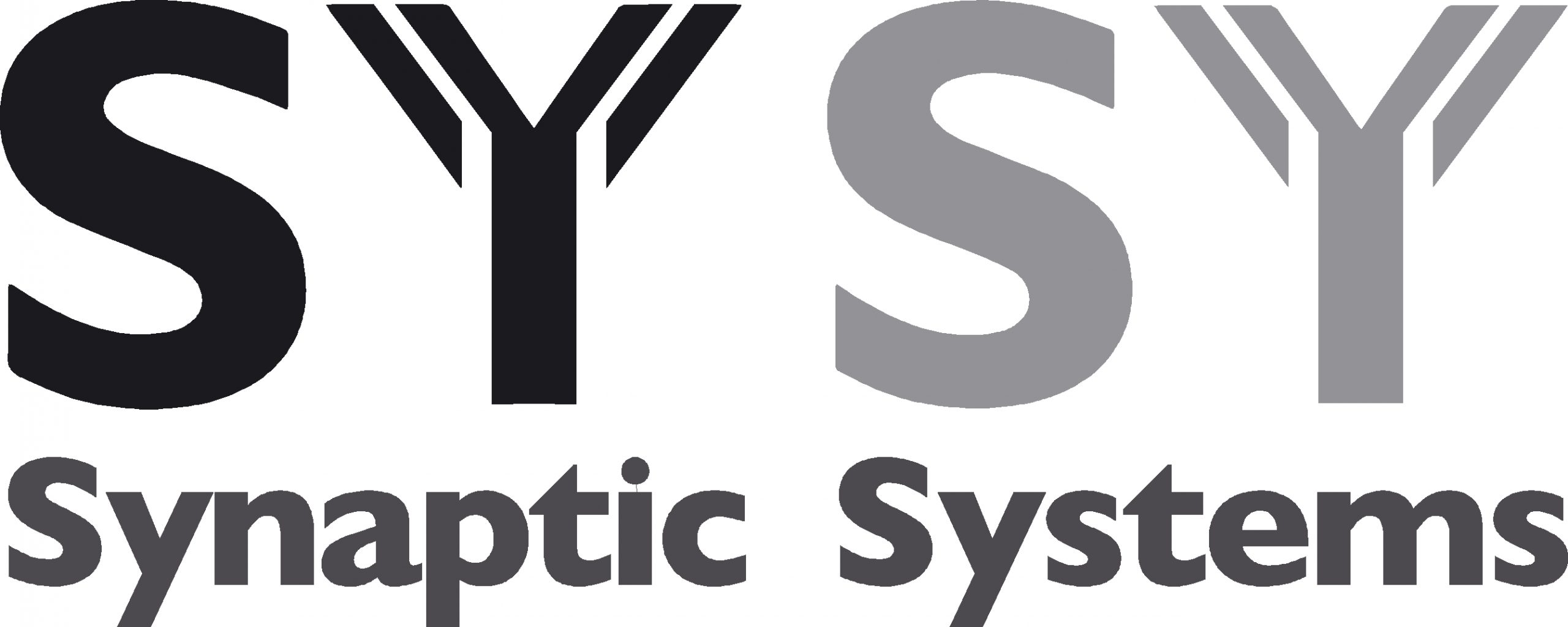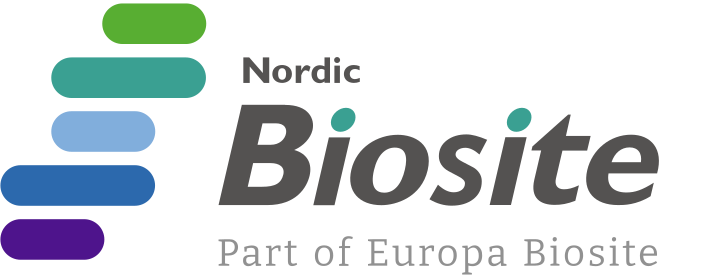BioSiteHisto offers both common approaches of multiple staining, immunoenzyme and immunofluorescence staining. Chromogenic multi immunohistochemical staining is based on immunoenzymatic reaction with chromogen and enzyme. Great advantage of immunoenzyme staining method is that reserves the morphology of the tissue and the chromogen dye is permanent.
Typically one of the main reasons to perform the multiple staining is co-localization study. When two antigens are located in the same cell, antigens colocalize. Immunoenzyme method can be used if antigens located in same tissue section or cells, but in different cellular compartments. If the antigens are in same cellular compartment, colocalization can be tested by immunofluorescence staining using a fluorochrome labelled secondary antibodies and fuorescence microscope. Colocalization is detected by fluorochrome labelled antibodies with different excitation spectra. Colocalisation of antigens visualized when different colors overlap. Using camera and multichannel fluorescence microscopy BioSiteHisto offers sharp and high quality images for example for quantitative colocalization analysis.





